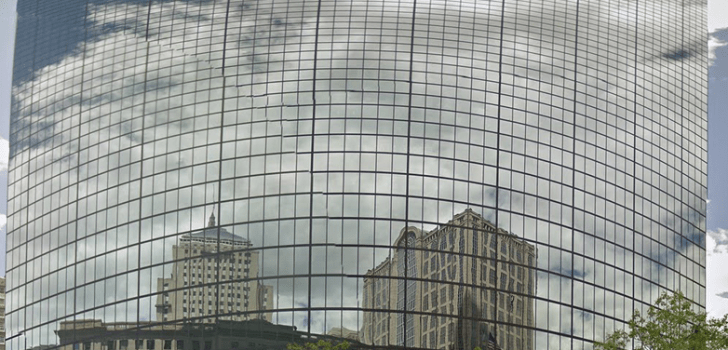Robert Atchinson and Phillip Gross have changed the traditional rules of hedge funds, by allowing members of their Adage Capital Management LP to retain all of their trading profits, with the promise to reimburse them if the fund does poorly.
As market performance this year has begun to erratically trend downward, the strategy could be very costly, especially since Adage has underperformed the S&P 500 through August. Unless that changes by year’s end, the refund checks may be the largest the firm has ever issued.
The $28 billion dollar fund is unique because it does not charge the managed assets fee of 2% typically required by hedge fund managers, in addition to a 20% fee on profits. Critics of the standard model point out the fact that managers stand to do well no matter what the performance of their funds may be.
Gross and Atchinson instead charge an overall fee of 0.50% of assets, with additional fees on profits only when the fund outperforms the S&P 500. In its 14-year history, the fund has only failed to achieve that goal twice, in 2002 and 2008. In the case of underperformance, refunds amount to up to half of the fees charged in the year previous to the underperforming year. However, Adage still collects a fee in a bear market, as long as they outperform the S&P 500.
This contrasts to the general practice, where fund managers collect performance fees only on positive returns.
Adage may soon have more competitors practicing a similar strategy, as hedge funds have come under pressure over their high fees. California’s Public Employees’ Retirement System issued a statement in the Fall of 2014 that they would be ceasing their $4 billion worth of investments in hedge funds, citing fee rates as one of the reasons. They now have $1.4 billion invested with Adage.
Adage’s model has worked well for the two former Harvard Endowment executives, last year taking in $400 million in gross earnings, with the main fund rising over 18%. Had they been using a traditional fee model,however, that total would have been closer to $1 billion.
After starting in 2001 with $3.8 billion, the firm has achieved an average annual return of 9.7%, which exceeds the S&P 500’s 6.4% over the same period.
So as times may be tough for the duo if things go poorly the rest of the year they will no doubt survive and have many grateful investors as a result of their fair stance on fees.
Stay Connected